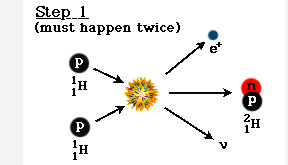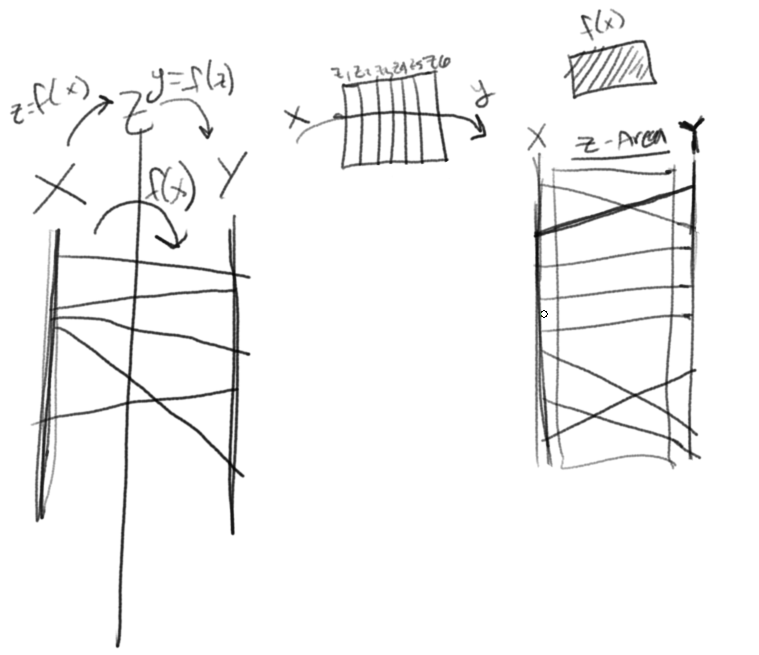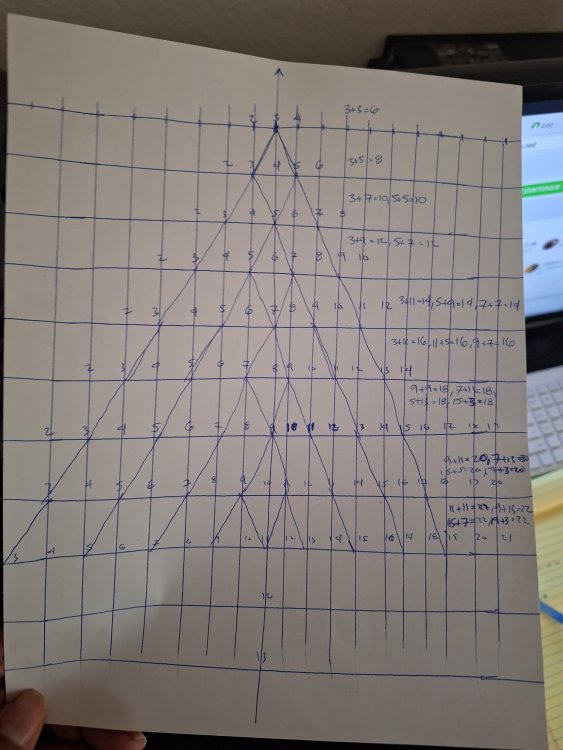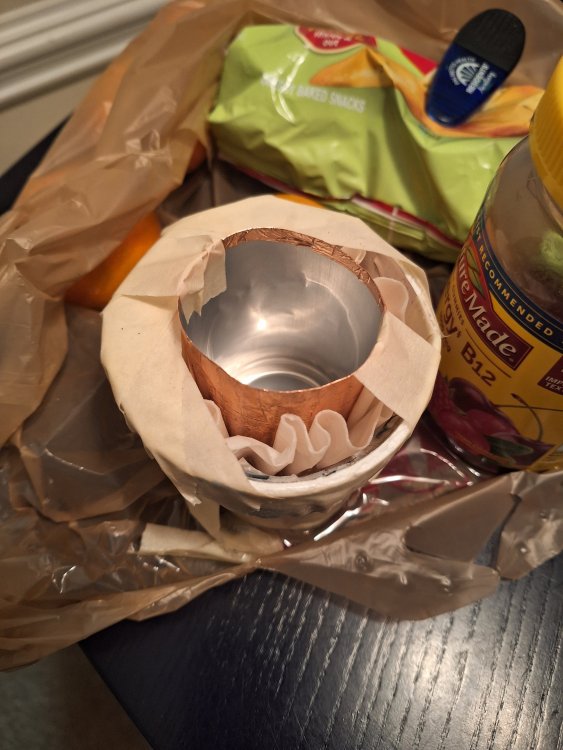-
Posts
383 -
Joined
-
Last visited
-
Days Won
1
Content Type
Profiles
Forums
Events
Posts posted by ALine
-
-
Is there a metal out there you can bombard with electrons to get gamma radiation?
0 -
15 hours ago, exchemist said:
You are turning a helium nucleus into 2 deuterium nuclei rather than the fusion process of turning 2 deuterium nuclei (or one deuterium and one tritium) into helium.
No, I am turning alpha particles into a proton pair and then waiting for them to fuse by applying energy.
21 hours ago, swansont said:The binding energy of He-4 is around 28 MeV and the resulting p-p system is not bound, so removing the neutrons costs you more than 28 MeV. As I said previously, the best you could possibly do is re-form the alpha and break even.
If you have a naturally decaying radioactive source such as C-60 which emits gamma radiation then you would not need to worry about input energy. Its just naturally supplied.
-1 -
how much does it cost to remove a neutron?
0 -
It shows that the resultant of fusion is not beta(-) decay but instead beta(+) decay.
0 -
What about instead of a
2 hours ago, Bufofrog said:If that could occur that would be a beta- decay which is not fusion.
 0
0 -
1 hour ago, exchemist said:
Yup, so 2/10 of F-all .
You think you can run a viable fusion reactor on that basis?
bet
0 -
But it also says that there is a <0.01% decay into 2H through beta decay.
0 -
isn't He-2 isotope decaying into H-2(deuterium) just fusion?
0 -
No I mean that if you remove the neutrons in the alpha particle the protons would be close enough to allow for the protons to fuse. That is done using gamma radiation from a natural source. It would then form deuterium and not helium-4.
0 -
Doesn't gamma radiation strip neutrons from atoms?
0 -
Wouldn't the proton pair be past the coulomb barrier between the two? So would it be feasible?
0 -
Could you take alpha radiation and then strip the neutrons from it using gamma radiation and then apply radiation to heat the proton pair to lead to fusion?
0 -
-
Just wanted to make sure everyone was doing ok and wanted to say hello.
0 -
I was working trying to figure out how to map input to output and came up with this program.
def create_mapping_function(inputData, outputData): mapping = [] # map the same to the same for i in range(0,len(inputData)): for o in range(0,len(outputData)): if outputData[o] == inputData[i]: # mapping position to position # this shows the mapping values. mapping.append([i,o]) return mappinginputData = input_data() outputData = output_data() mapping = create_mapping_function(inputData, outputData) # print(f) # use mapping and save them as a mapping function. inputData = ['h','e','l','l','o'] # mapping = f # # input a unique list with a specific length #f(x) def mapping_function(inputData, mapping): outputData = [] for i in range(0,len(inputData)): outputData.append(0) # placeholders for i in range(0,len(inputData)): outputData[mapping[i][1]] = inputData[mapping[i][0]] return outputData output = mapping_function(inputData, mapping) print(output)What it is doing to taking an input and output and then finding there common relationships.
Afterwards it outputs the mapping with user define input.
0 -
-
I developed and prototype for an invention for collecting energy from the sun.
It stores a maximum of .6V. It is very inefficient and I feel as though the prototype can be improved dramatically.
(A novel invention for collecting energy from the sun.) <- real title
0 -
dang, thought it was a double scale.
this is indeed a puzzle
Does there have to be real and fake coins? Like their have to be bags which are real and fake? Can you have all 5 bags be fake and none real?
0 -
hmmm, what type of weighing scale?
0 -
I was about to finish, but then I saw this trickster.
2 hours ago, Genady said:by weighing only once.
Now do you mean weighing every bag all together once or can I weigh each bag independently once.
0 -
now when you say "all the coins in some bags are real and all the coins in other bags are fake." Do you mean that their are no empty bags and there are also no bags which are heterogeneous. Or that they have real and fake coins?
0 -
I have been thinking about how you could probe within a map or function in algebra and decided to try to use a sort of "probe" set in-between the sets that are being mapped together. It reminds me of composition and am trying it from that angle, however I need some help with it. The reason I want to do this is because I want to see if I can "discover" a mapping without the need of a mapping(for higher order math's) or function equation for algebra right now.

The name could use some work for the topic.
0 -
was just spit balling @joigus
0 -
thank you
0



Could this form of fusion work
in Classical Physics
Posted
Deuterium
How would you extract energy from gamma radiation directly?